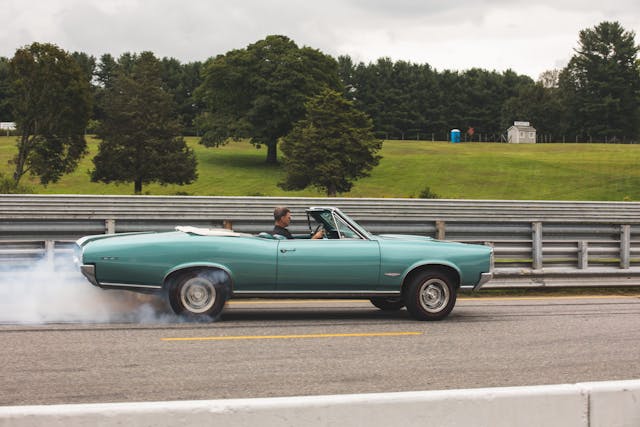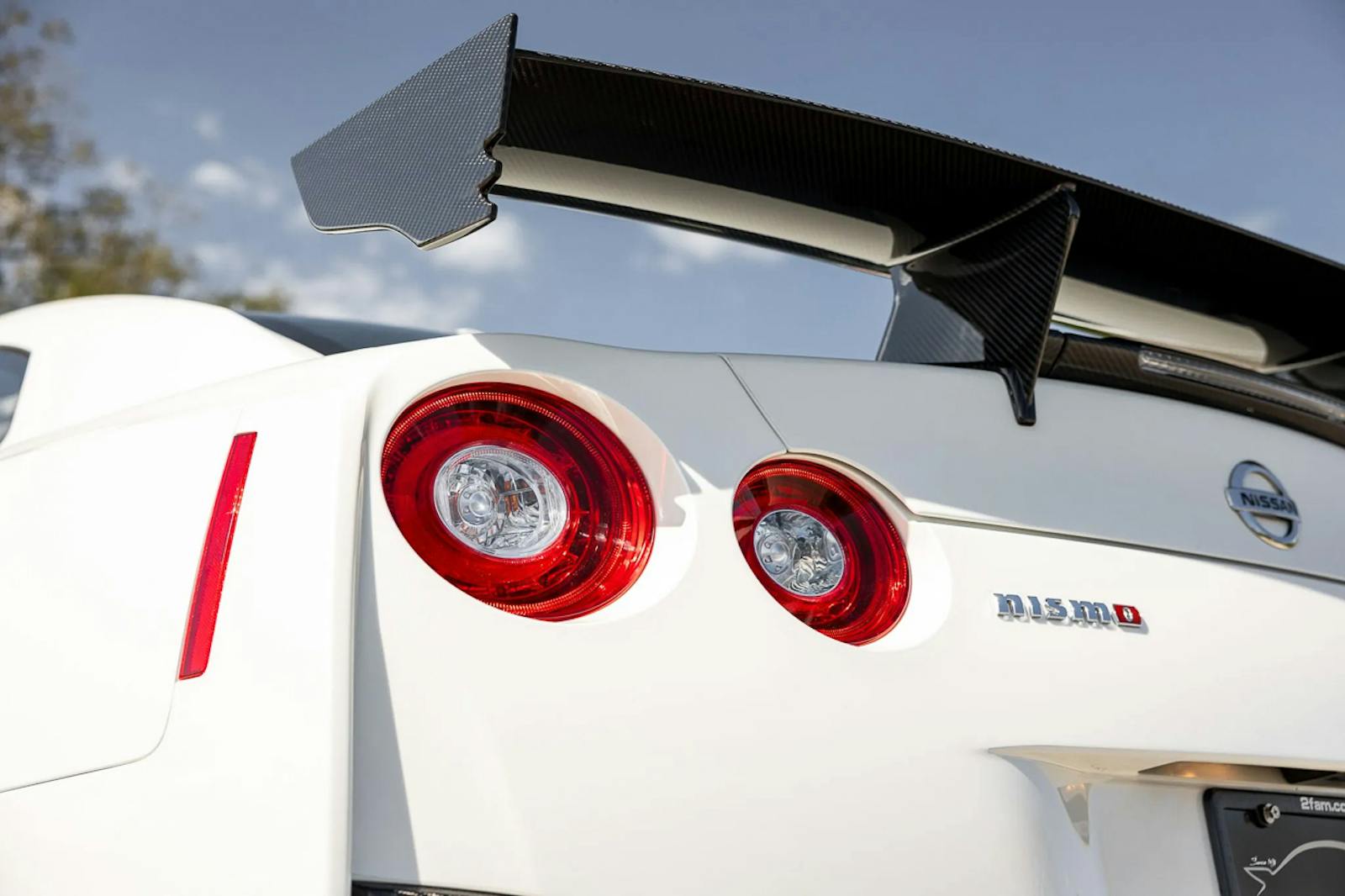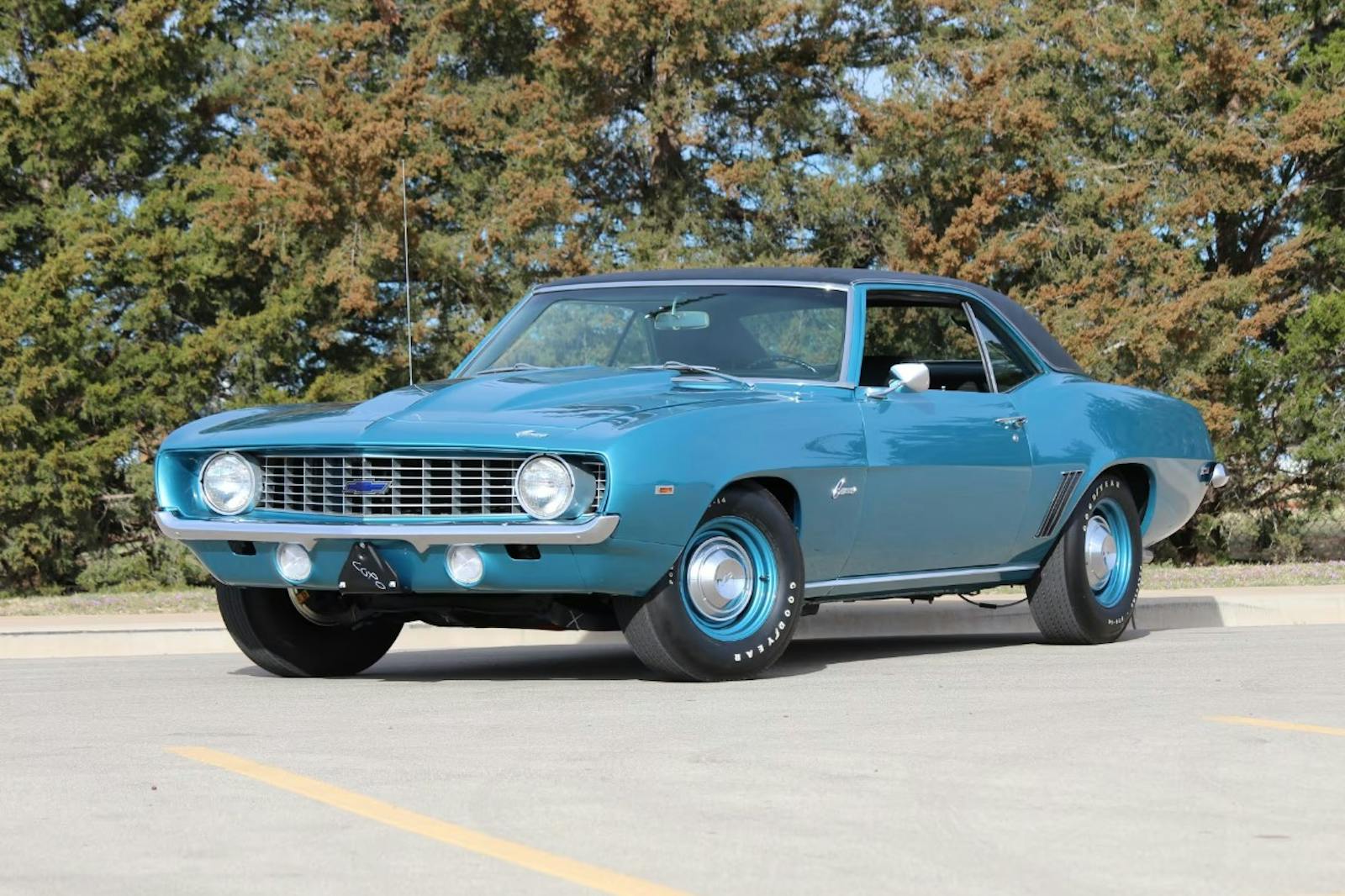Big-block Mopars, GM star in hottest muscle-car market since 2008
For more than a decade, it seemed like the muscle car’s best days—at least in narrow, collecting terms—were behind it. Following the cratering of the collector car market alongside the Great Recession, muscle cars more or less recovered, but then remained stuck in neutral even as other segments blasted ahead. Until January 2022 happened, that is. Observing sales at Mecum’s Kissimmee sale and the Scottsdale auctions, along with private offerings and Hagerty data, it is clear that muscle cars are back to where they were at their last peak, in 2008.
So what’s happening in the muscle car world? Here’s the short answer … everything. We observed movement at nearly every level. Let’s dig in and take a look at some of the highlights.
Big-block MOPARs post big gains; Hemis relatively restrained

Talk about collectible muscle cars usually starts with 426 Hemi–powered cars. Rightfully so—they are peak MOPAR performance, and original Hemi cars are pretty scarce. Yet Hemis, although no doubt valuable and desirable, are not the big movers at this moment.
Rather, the biggest winners were MOPAR’s “other” big V-8s, the 383 and the 440. Chargers posted some of the most notable gains, rising 30 to 40 percent on average since late 2021. ‘Cudas and Challengers posted a more modest 20 percent gain on average. The beloved Hemis? They still grew; however with the exception of Chargers, their growth has been a steady upward march, rather than an explosion.
GM cars do best of the Big Three

If we were to call a clear winner in the muscle car market, it has to be General Motors—specifically Chevrolet. Unlike MOPAR muscle, vast increases in value were shared across most levels of performance. Strong showings of ultra-rare 1970 LS6 Chevelle Convertibles pushed values up over 50 percent while Yenko Camaros rose 40 percent in value. Meanwhile, first generation Camaro Super Sports (1967–69) exploded in value by 35 percent and Z/28s by nearly 40 percent.
Of course, General Motors consists of more than Chevy, and it certainly wasn’t the only GM marque seeing action. 1966–67 Pontiac GTOs, a 2022 Bull Market List pick, increased an average of 24 percent, and later non-Ram Air GTOs rose by a similar rate. Oldsmobile 4-4-2s and Buick Gran Sports experienced more modest increases on average, but the less-loved 1972 Olds 4-4-2 has caught up in in value to 1971 models. Buick Gran Sports powered by 350s, though they remain affordable, saw substantial gains for the first time.
The biggest gainers from the GM camp were from cars made after the so-called muscle-car era. It’s pretty well accepted that the era came to a close in 1972; however, Pontiac fans are quick to point out the company produced viable muscle cars after that point, and it seems collectors increasingly agree. Smokey and the Bandit Trans Ams were the biggest gainers of any American performance cars, with increases of 40 to 70 percent.
FoMoCo brings up the rear

If we had to call any division the least active in this review, it would be Ford. But that’s more a testament to the heat of the market than it is a commentary on the value of fast Fords. The big players like Boss Mustangs gained upwards of 20 percent while Mach 1s grew by 12 percent. The rest of the Mustang market rose by a few points, which on its own is noteworthy considering how saturated the market is with great examples.
The biggest winner in the FoMoCo camp is the Mercury Cougar. Whether this is a case of rising tides raising all ships or long-overdue recognition is hard to say, but they outperformed everything. We observed ultra rare GT-E to Cobra Jets being offered and sold at noticeably higher rates than in the previous market. Small block–powered cars saw more modest moves, but 390 and 428 cars rose by 30-40 percent.
What’s next?
The natural question—at least, if you’re a pessimist—is how long muscle cars can keep up this pace. It is hard to tell if there is more 110 octane in the tank or if we’re running on fumes. It’s still early in the driving season and Mecum’s huge sale in Indianapolis next month is a good temperature check of the market. Regardless of what happens in May, though, the gains in the past year are not merely speculative. Muscle cars enjoy a vast fanbase comprised of diverse age groups. Although the recent gains may be painful for those of us who see our dream cars climbing out of our budget, growing values also insure that these cars will continue to be cared for and preserved for future generations to enjoy.


